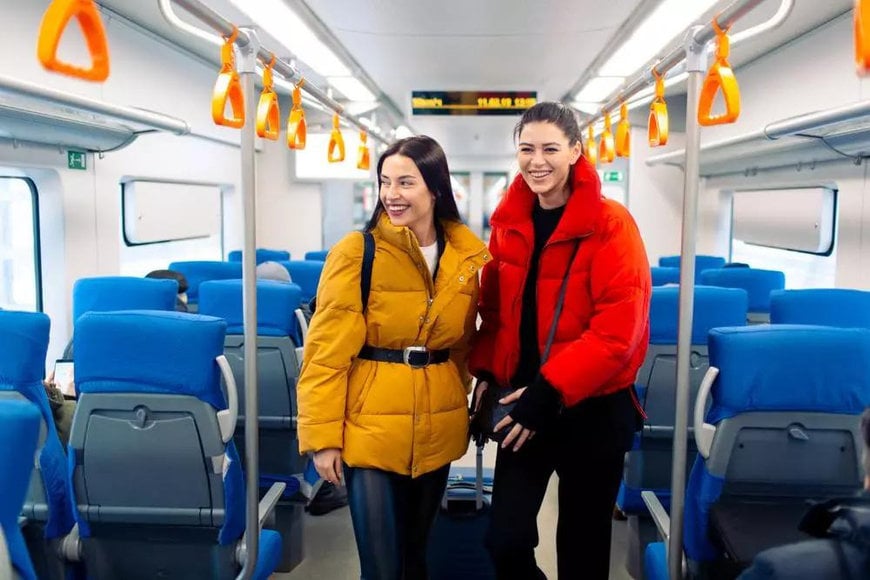railway-international.com
22
'23
Written on Modified on
How automated announcements break the language barrier
Always correct and on time: automated announcements in text and speech are a great help to inform passengers.

But changing the announcement behavior in a passenger information system often requires reverting to suppliers: not efficient, especially when you want to dynamically adapt your content to accommodate changing situations and passenger expectations. In our LiveCoM Suite, you can configure automated announcements yourself with minimum effort, and even better: the languages change automatically depending on your settings.
The case for multilingual announcements
Automated announcements are of great help to train operators. But if trains cross borders, there is a need for multiple languages which are not always supported by the automatic system. In that case, operators often need to revert to manual announcements, requiring lots of flexibility and additional skills from the conductors.
As train routes internationalise, the passengers are getting more international, too. Lots of train operators desire to add a lingua franca like English, Spanish or Arabic to their announcements. In the vicinity of tourist landmarks or airports, these multilingual announcements can be an important asset to improve overall passenger experience.
Multilingual communication may also be mandated by law. In Belgium, for example, when a train crosses multiple language regions, the announcements have to be executed in the applicable order for that region. When a train departs from Antwerp, announcements have to be exclusively in Dutch, when it rides through Brussels, Dutch and French are obligatory, while in Wallonia, announcements are exclusively in French and if it stops in the German-speaking region… you get the gist.
One system for text and speech
Thanks to our LiveCoM Suite, train conductors don’t need to be polyglots anymore. It allows you to fully automate announcements in multiple languages, for both text and speech.
The system consists of building blocks, words or small phrases, that are defined in both text and audio. The blocks have output possibilities for TFT and LED screens and for speech. You only need to configure them once for all languages to be used across the Passenger Information System (PIS): as audio broadcasts, in a TFT template or in specific fields of the LED signs.
You can record and concatenate speech output in sentences, but it’s also possible to combine text fragments that are vocalised on board using a text-to-speech (TTS) engine.
Images can be language-dependent as well. That way, you ensure that images with text encoded – ticket info, for example – are displayed when the corresponding language is broadcast.
Highly flexible
You can also link the use and order of different languages to geographical zones. That way, the passenger information system can be configured to automatically use the right language in specific areas of your railway network. Or to use additional languages when approaching an airport or tourist location, all without requiring additional programming by the vendor.
Lastly, specific announcements (e.g. about emergencies) can be specified to be shown and broadcast in multiple languages. This ensures passengers never miss essential info.
www.televic.com

